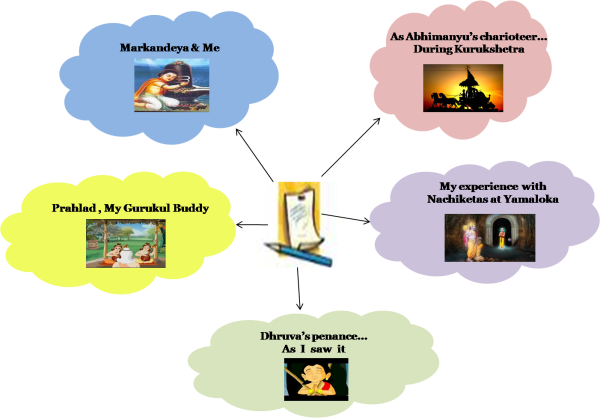Like all other aspects of life, the dance forms of India are also varied and different. There are numerous classical dance forms in India and innumerable folk dances. Each dance form can be traced to different parts of the country. Each form represents the culture and ethos of a particular region or a group of people
Lets have a look at some of the folk dance forms of India
Karagattam
It is a popular folk dance across Tamilnadu, though its birthplace is said to be Thanjavur. This dance is performed by balancing a pot on the head. This dance has two divisions. – Atta karagam and Shakti Karagam
Garba
It is a circular dance performed by women around an earthenware pot called a garbo filled with water. This dance is performed during Navratri, Sharad Purnima, Vasant Panchami and other festivals. It derives its name after a lamp called garba deep, which means the lamp inside the earthen pot.
Kummi
It is the simplest form of dance. The dancers gather in a circle and clap their hands as they dance. As an extension to this is the Kolattam
Bihu
It is the most widespread folk dance of Assam. The dance is part of the one month festival that comes in mid-April at the time when harvesting is done. The common formation is a circle or parallel rows.
Chauu
This dance of West Bengal has orginated from the Purulia district and it is a mask dance performed only by the male dances. Most of the dances revolve around the act of defeating an enemy or opponent in a battle or in a game between good and evil. The theme of these heroic dances are drawn from ‘Mahisasur Badh’, ‘Mahirabon Badh’ and ‘Abhimany Badh’- mainly based on the two great epics – the Ramayana and the Mahabharata
Ghode Modni
This dance form is performed in Goa during their annual carnival in the European fashion. This dance is a dummy horse presentation. The dancers attired gorgeously and armed with swords, recapitulate, through step and movement, the valour and deeds of the Goan warriors of old.
Bhangra
This is a dance in anticipation and celebration of a good harvest and has its roots in Punjab. An hallmark in this dance form is the incorporation of a host of stunts, bordering on artistic agility and physical ingenuity. The songs used for the dance is usually a medley of rich folk songs backed by traditional instruments like the dhol (drum), harmonica, tambourine and musical clapper.
Yakshagana
This dance form hails from the coastal strip of Karnataka and is atleast 400 years old. The heart of this form is gana or song, rising from a distinct class of Kannada literature. The Bhagavata or the conductor of the opera first sings a verse and the character interpret it through expressional dance.
Hikkat
It is a playful dance by the young boys and girls of Kashmir. In pairs the youngsters interlock their arms and hold each other’s hands, and by joining their feet together, they bend their bodies and heads backwards. The uniqueness of this form is that no musical instrument is played while performing the Hikkat
























